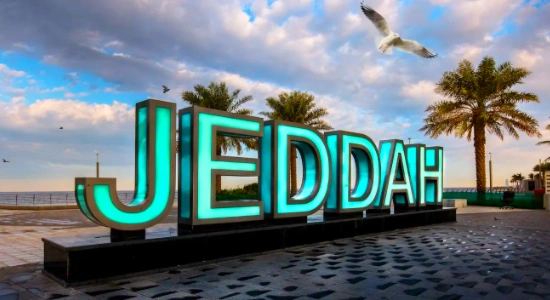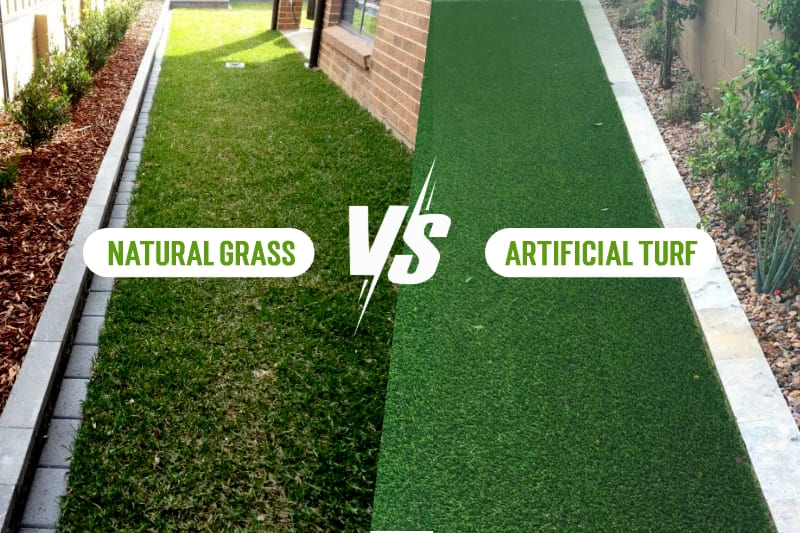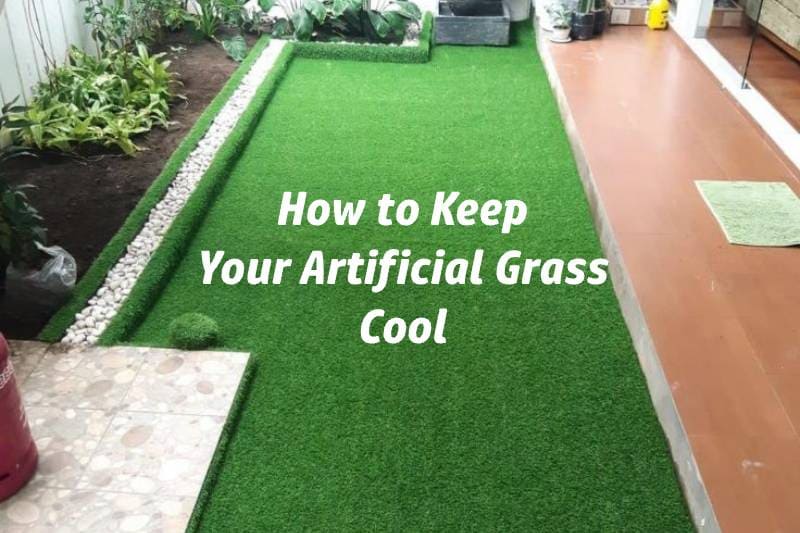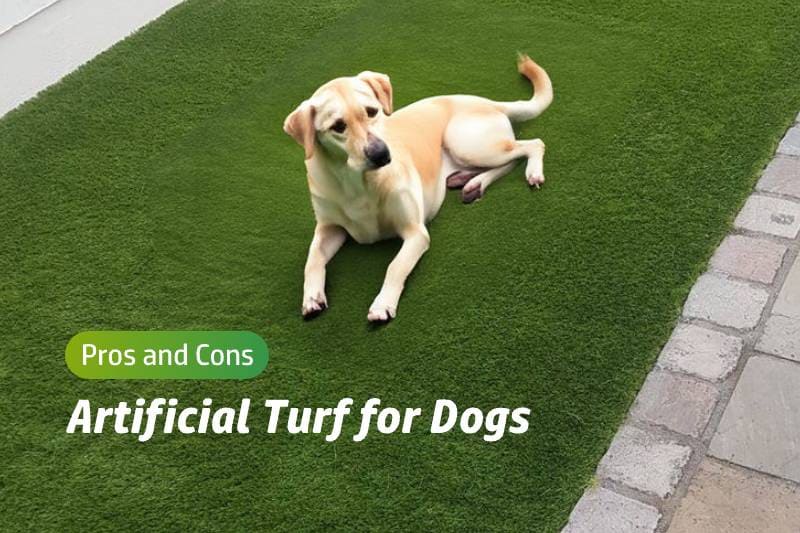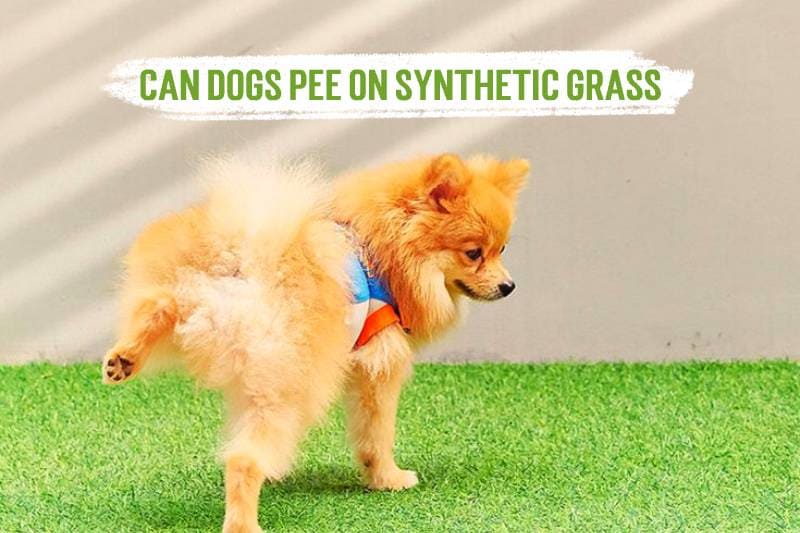Hey there! Artificial turf installation might be the perfect solution if you’re looking for a pet-friendly option for your outdoor play areas. It’s safe, durable, and offers low maintenance, making it ideal for both pets and kids. Artificial grass keeps paws clean and free from mud, ensuring a tidy environment. Plus, it’s a kid-friendly choice that withstands rough play.
In this guide, I’ll walk you through a step-by-step process to install artificial turf for dogs. Whether you’re considering a DIY installation or professional help, you’ll find everything you need to know right here.
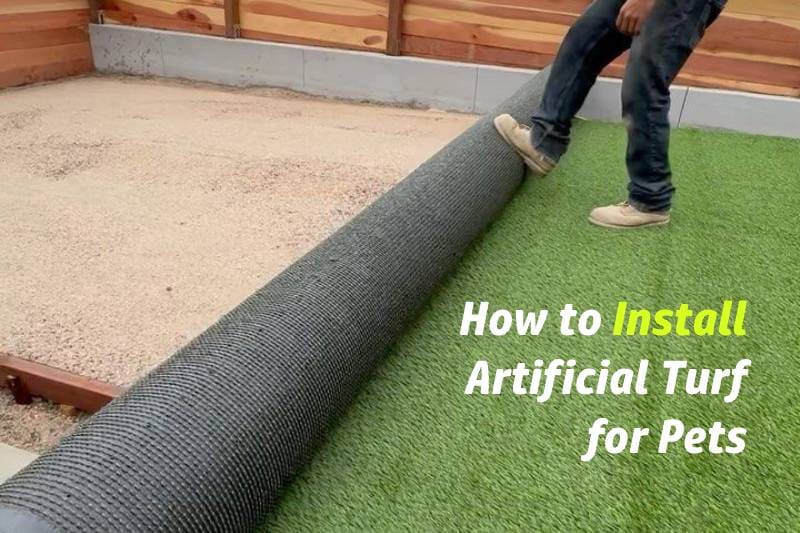
- Choose pet-friendly artificial turf that offers good drainage and odor control to keep your yard clean and fresh.
- Prepare the ground properly by removing existing plants and ensuring a flat, well-drained surface for long-lasting turf.
- Use the right tools and materials, including non-galvanized nails and appropriate infill, to ensure a successful installation.
- Follow a step-by-step installation process, including rolling out the turf, securing edges, and adding infill for stability and comfort.
- Regular maintenance, such as cleaning up waste and brushing the turf, will keep your artificial grass looking great and smelling fresh.
- Consider hiring a professional for installation if you’re unsure about the DIY process, as they can ensure a perfect finish.
- Enjoy a safe and durable play area for your pets that requires less maintenance than natural grass.
Picking the Best Artificial Turf
Choosing the right artificial turf for pets is important. You need turf that looks nice and handles pet play. Let’s see what makes turf great for pets.
Pet-friendly turf features
Pet turf has special features. It drains well, so no puddles after rain. This keeps it dry and comfy for pets. It also fights odors, keeping your yard smelling good. This turf is strong and lasts long, even with lots of use.
Best pile height for pets
The pile height of artificial grass is key. Medium height is best for pets. It feels soft and is easy to clean. A height of 1.25 to 1.75 inches is good. This height is comfy and easy to care for.
Checking Durability and Safety
Durability and safety matter for pet artificial turf. You need turf that lasts and is safe.
Pest and wear resistance
Artificial turf resists pests. It doesn’t attract bugs or rodents. This keeps pets safe from bites. The turf is tough and handles pet play well. With good setup, digging is hard, so your dog won’t ruin the yard.
Eco-friendly benefits
Artificial grass helps the environment. It needs no water, saving this resource. It also skips harmful chemicals, making it green. By choosing artificial turf, you make a safe pet space and help the planet.
Tools and Materials for Artificial Turf Installation
When you put in artificial turf, having the right stuff helps a lot. I’ll show you what you need.
Important Tools for Installation
First, get these tools:
- Non-galvanized nails: They hold turf without rusting.
- Seam tape: Joins turf pieces smoothly.
- Putty knives: Spreads glue evenly.
- Box cutter: Cuts turf to fit.
- Hammer: Secures edges and other parts.
- Turf glue: Keeps turf in place.
- Shovel: Removes old grass and dirt.
- Wheelbarrow: Moves stuff around.
- Hand push broom: Brushes turf fibers up.
- Vibrating plate compactor: Makes a firm base.
- Carpet kicker: Stretches turf into place.
- Drop spreader: Spreads infill evenly.
- Power broom: Gives turf a neat look.
These tools make putting in turf easier.
Needed Materials
Picking the right materials is as important as tools. Here’s what you need:
Types of infill and their benefits
Infill keeps your artificial grass looking good. Here are choices:
- Silica Sand: Keeps turf stable and upright.
- Rubber Granules: Soft feel, great for pets.
- Organic Infill: Natural, safe for pets.
Each infill has good points, so pick what fits your needs.
With these tools and materials, you’ll make a nice, strong turf area for pets.
Getting Ready for Artificial Turf
Getting the ground ready is important. It helps the turf last long. Let’s see how to clear and level the ground and make sure water drains well.
Clearing and Making the Ground Even
Before putting down artificial grass, you need to fix the ground. This means taking out plants and making it flat.
Taking Out Plants
First, I take out all grass, weeds, and plants. I use a shovel or sod cutter to dig them up. This stops plants from growing under the turf. It’s important to remove everything for a clean start.
Making the Ground Flat
Next, I make the ground even. I fill holes and smooth bumps. A flat ground is important for neat turf. I use a rake to spread soil evenly. Then, I press the soil with a compactor. This makes the ground firm and ready for turf.
Making Sure Water Drains Well
Good drainage is key for artificial grass, especially for pets. It stops water from pooling and keeps turf dry.
Drainage for Different Grounds
Artificial grass has drainage systems. They move water away after rain. For pet areas, DrainCore and AirDrain work well. They help move water and reduce smells.
I make sure the ground slopes a bit. This helps water flow away. If the area floods, I add drains or pipes. These help water move fast, keeping the turf in good shape.
By doing these steps, I make a strong base for my turf. This keeps it looking nice and working well for years.
Installation Process of Artificial Turf for Dogs
Let’s dive into the exciting part—putting down the artificial turf for your furry friends. This process involves laying and securing the turf, followed by adding infill to ensure a smooth and durable surface.
Laying and Securing the Turf
Rolling out and cutting the turf
First, I roll out artificial turf over the prepared area. I make sure it covers the entire space, leaving a bit extra around the edges. This extra turf helps with adjustments later. Using a box cutter, I carefully cut the turf to fit the shape of the area. I take my time to ensure straight lines and neat edges. This step is crucial for a seamless look.
Seaming and securing edges
Next, I focus on joining the pieces of turf. I use seam tape and turf glue to connect the edges. I place the seam tape under the turf edges and apply glue on top. Pressing the edges together firmly ensures a strong bond. For securing the perimeter, I use non-galvanized nails. I hammer them along the edges, keeping the turf in place. This step prevents the turf from shifting or curling up.
Adding Infill
Types of infill and application techniques
Now, it’s time to add infill to the artificial grass. Infill keeps the turf blades upright and provides cushioning. I choose from different types of infill based on my needs. Silica sand offers stability, while rubber granules provide a softer feel. Organic infill is a natural option, safe for pets.
To apply the infill, I use a drop spreader. I evenly distribute the infill across the turf. Then, I use a power broom to brush the infill into the turf fibers. This step ensures even coverage and helps the turf look lush and full. Regular brushing keeps the infill in place and maintains the appearance of the artificial grass.
By following these steps, I complete the artificial turf installation. The result is a beautiful, pet-friendly turf area that withstands play and weather. Enjoy your new space with your pets!
Tips to Care for Artificial Grass
Keeping your artificial grass nice needs regular care. Here are easy tips to keep your pet area great.
Cleaning and Taking Care
A clean space is important for pets and kids. Here’s how I keep my artificial grass neat:
Picking up trash and waste
I often look for trash like leaves or sticks. I use a broom or leaf blower to clear them away. This keeps the turf clean and helps water drain well. For pet poop, I pick it up fast and wash the spot with water. This easy routine keeps the area clean for kids and pets.
Stopping bad smells
To stop smells, I mix water and vinegar. I spray this on smelly spots to make them fresh. Sometimes, I use a pet-safe cleaner for a deep clean. This keeps the artificial grass smelling nice for everyone.
Making It Last
To keep the artificial grass looking good, I do these things:
Brushing and checking often
Brushing the grass helps it stand up straight. I use a power broom to brush it gently. This spreads the infill evenly and makes it look full. While brushing, I check for any damage. Fixing small problems early stops them from getting worse.
By doing these easy care tips, my artificial grass stays nice and strong. It’s a fun and safe place for kids and pets to play.
Putting in artificial grass for pets is fun and useful. Follow the steps to make a safe place for kids and pets. First, pick the right artificial grass. Then, get the tools you need and get the area ready. Lay down the turf and add infill. Keep it clean to make it last. You can do it yourself or get help. The end result is a strong play area for pets and kids. Enjoy your new space and see your pets happy!
FAQ
Artificial grass has many good points for pet owners. It keeps things clean and stops mud from getting inside. The turf is strong and can handle lots of play. It also needs less care than real grass, saving time.
To keep artificial turf smelling nice, clean it often. Pick up pet waste quickly with a bag or scooper. Wash the spot with water where your pet goes. For bad smells, mix water and vinegar. Spray it on and rinse well.
How long it takes to put in artificial grass depends on the size and how hard the job is. A small yard might take a day or two. Bigger areas take longer. Planning well helps make it faster.




